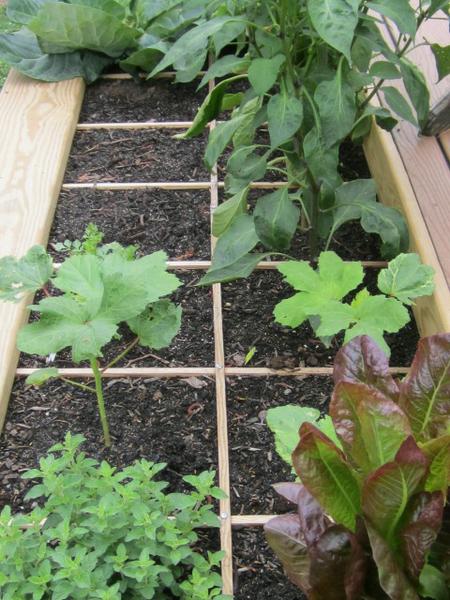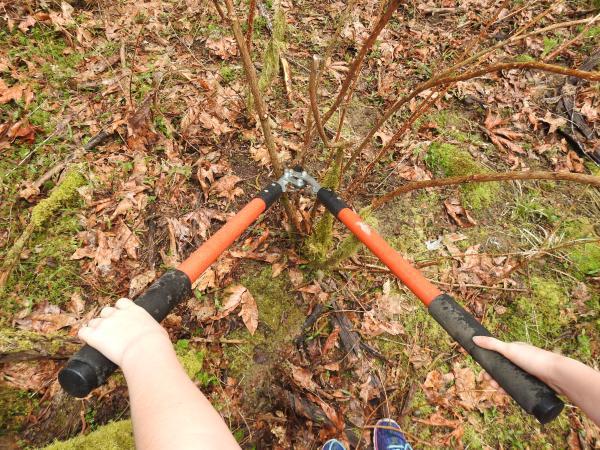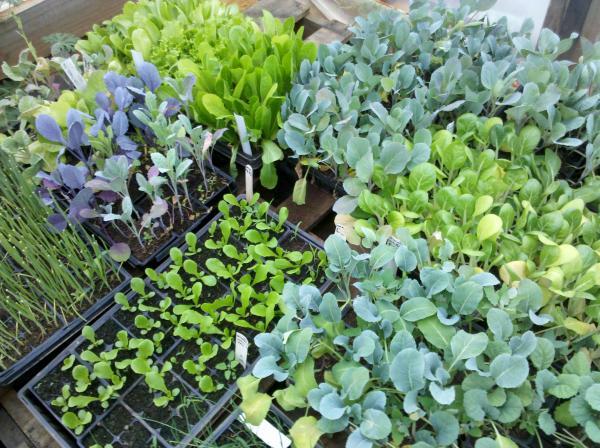Flora Fridays – January 19, 2024
go.ncsu.edu/readext?981205
en Español / em Português
El inglés es el idioma de control de esta página. En la medida en que haya algún conflicto entre la traducción al inglés y la traducción, el inglés prevalece.
Al hacer clic en el enlace de traducción se activa un servicio de traducción gratuito para convertir la página al español. Al igual que con cualquier traducción por Internet, la conversión no es sensible al contexto y puede que no traduzca el texto en su significado original. NC State Extension no garantiza la exactitud del texto traducido. Por favor, tenga en cuenta que algunas aplicaciones y/o servicios pueden no funcionar como se espera cuando se traducen.
Português
Inglês é o idioma de controle desta página. Na medida que haja algum conflito entre o texto original em Inglês e a tradução, o Inglês prevalece.
Ao clicar no link de tradução, um serviço gratuito de tradução será ativado para converter a página para o Português. Como em qualquer tradução pela internet, a conversão não é sensivel ao contexto e pode não ocorrer a tradução para o significado orginal. O serviço de Extensão da Carolina do Norte (NC State Extension) não garante a exatidão do texto traduzido. Por favor, observe que algumas funções ou serviços podem não funcionar como esperado após a tradução.
English
English is the controlling language of this page. To the extent there is any conflict between the English text and the translation, English controls.
Clicking on the translation link activates a free translation service to convert the page to Spanish. As with any Internet translation, the conversion is not context-sensitive and may not translate the text to its original meaning. NC State Extension does not guarantee the accuracy of the translated text. Please note that some applications and/or services may not function as expected when translated.
Collapse ▲Gardening in the Winter
Happy New Year to you all! Winter is a time of rest for many plant species, but the break in garden work can be an opportunity to plan for the next growing season. The weather outside may be dreary, but spirits can be lifted by thinking forward to spring. Some cool weather crops can actually be planted outside in the Piedmont in January. Many summer crops can be started indoors at this time as well. In this edition of Flora Fridays, we present some ideas to get you started in planning your planting.
Direct Seed Sowing
Some of the earliest crops that can be planted outside include onions and garden peas. These can be planted as soon as the soil is workable, typically by late January in the Piedmont. Other cool weather veggies can be seeded directly soon after in February. These include many leafy greens, carrots, cabbage, broccoli, turnips, radishes and rutabaga. When planting outside, it is important to follow planting instructions on the seed packet as to not sow too early. Sowing when the soil is too cold could result in poor germination. Read on to learn how to start summer bearing crops, indoors out of the cold. To enjoy your produce over time and numerous pickings, spread out your seed sowing by planting a little each week. This avoids a bumper crop where all your bounty must be harvested and consumed in a short period. This also helps lighten the time and energy required at both sowing and harvest!
Warm Season / Summer Crops
February and March are great times to start some warm season transplants indoors, protected from the freezing temperatures. What will you grow? When will you start seeds indoors, and transplant to your garden? When will you harvest? These questions can help start the planning process months before the garden bed “wakes up”. Warm season crops best started indoors and later transplanted outside include tomatoes, cucumbers, eggplant, melons, peppers, squash and pumpkins.
A helpful planning metric is the DTM, or days to maturity. Let’s take a look at tomatoes for example, which have a DTM of 120-140 days. This DTM is about 4 ½ months. Tomatoes can be safely planted outdoors after the last freeze, which has historically fallen around April 15th in our region. If tomato seeds are sown indoors starting in March, you should expect to harvest in 4 ½ months from those seeding dates. Start seeds in small groups weekly for continuous harvests. The baby tomato plants can then be transplanted in weekly rounds, after the last spring freeze, for regular harvests in July and August. Every crop has a different DTM, and it is important to take note of this from the seed packet. By planning with the harvest timing and keeping the last freeze date in mind, you can back calculate and determine the best time to start seeds indoors for your summer garden. Our agricultural agents are available to help you through the planning process, give us a call!

Here, the grower transplanted herbs, greens, peppers, and eggplant into their garden using the square foot method. Start your own seeds indoors in the late winter, or visit your local garden center to purchase transplants. Baby plants can then be planted outdoors (or direct seeded) in the Piedmont starting mid-late April. Photo credit: Karen Jevsevar
Pruning
Pruning during the late winter is appropriate for many woody perennial plants that bloom in the summer or fall. Pruning in February and March in the Piedmont has numerous benefits. During this time, most of the damaging winter cold has passed and insect pests have not yet emerged or proliferated. Additionally, plants are easier to shape with their branches bare of leaves and are lighter than other times of the year. Pruning wounds made during late winter also heal quickly, and the energy stored in the plant roots over the winter is quickly sent into the smaller pruned plant with an invigorating flush of new growth. Some of plants best pruned late winter include abelia (Abelia sp.), beautyberry (Callicarpa p.), butterfly bush (Buddleja sp.), rose of sharon (Hybiscus syriacus), crape myrtles (Lagerstroemia indica), and summersweet (Clethera alnifolia). When you are not sure what to prune in late winter, it is always a safe bet to focus on removing dead, diseased, or dying branches from winter dormant plants. For guidance on pruning specific plants, or timing, we encourage you to reach out to us at Extension for advice catered to your situation.

Hand loppers being used to prune a dormant shrub. Here, the manager has selected a bough to remove that crosses other branches in the main crown. Photo credit: Kathleen Moore
Conclusion and Support Resources
We hope you have enjoyed today’s Flora Friday, and are excited to dive into garden and landscape planning. Spring and summer will come fast, and proactive maintenance a little at a time can help lighten the workload that comes with managing healthy, beautiful, productive landscapes. Flora Fridays will post once in February. Next month, we will return to regular bimonthly articles as spring kicks into gear.
N.C. Cooperative Extension Montgomery County staff wish you a quality winter season, filled with love, gratitude, reflection, and reverence. We also acknowledge that the winter months can be a difficult time, and welcome visitors to stop by the office so we can share and feel with you. We offer many interactive programs where you can meet friends and connect with neighbors. If you are struggling, please do not hesitate to reach out. If this season is particularly challenging, Montgomery County has confidential crisis services available at no cost. Please view your resources by clicking here; you have choices to reach out or have support come to you during difficult times. Other county information can be found by clicking here.
Like what we post? Please let us know by providing feedback in the box below. Please let us know by providing feedback in the box below. Check out past Flora Fridays.





